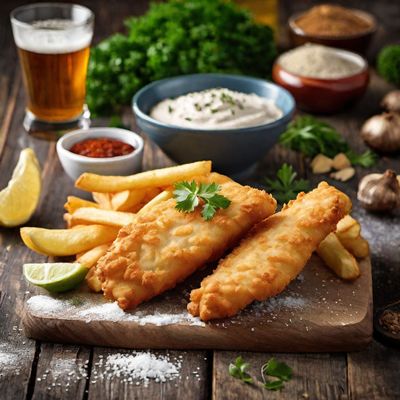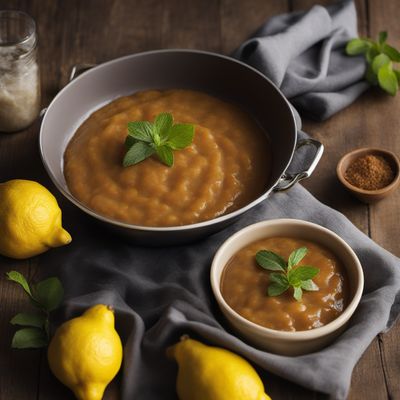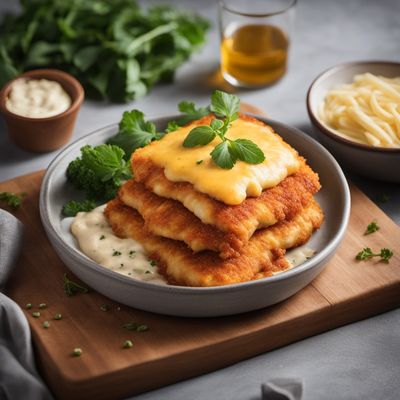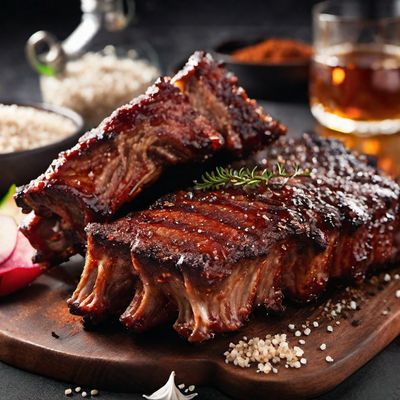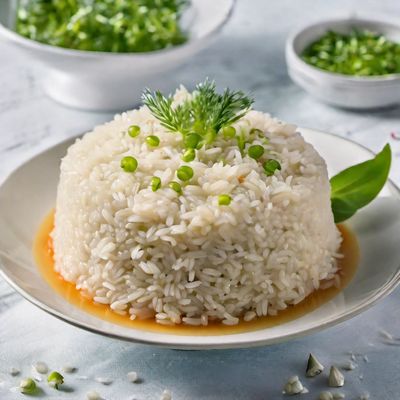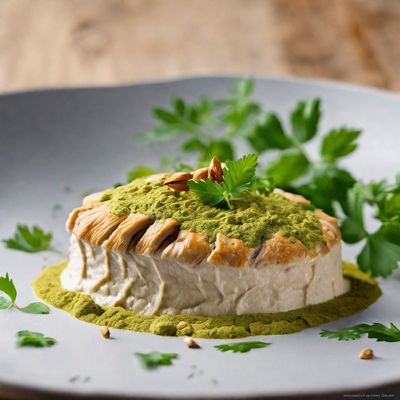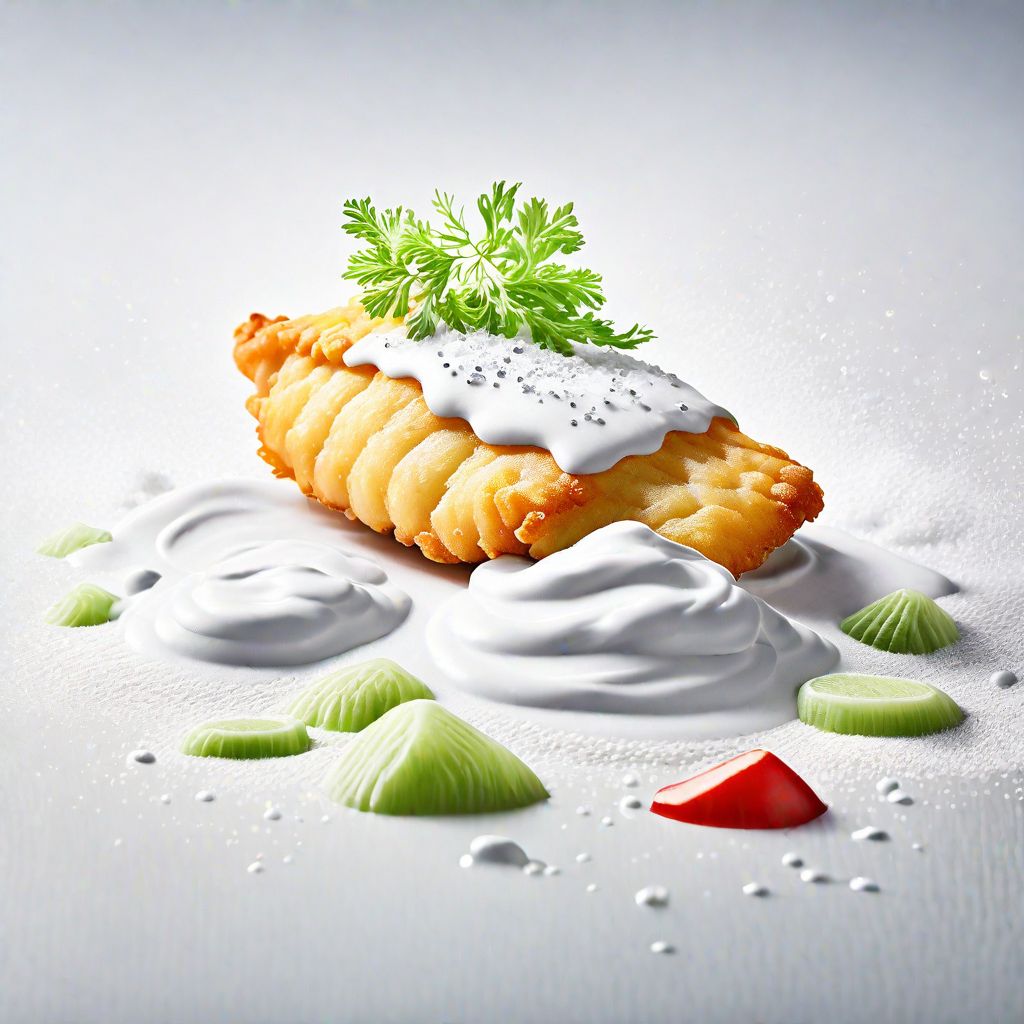
Recipe
Molecular Fish and Chips
The Futuristic Fish and Chips
4.8 out of 5
Molecular gastronomy is a cuisine that focuses on the scientific aspects of cooking. It involves the use of modern techniques and equipment to create unique and innovative dishes. In this recipe, we will be adapting the classic British dish of Fish and Chips to the molecular gastronomy style.
Metadata
Preparation time
60 minutes
Cooking time
10 minutes
Total time
70 minutes
Yields
2 servings
Preparation difficulty
Hard
Suitable for
Molecular gastronomy, Pescatarian, Gluten-free, Dairy-free, Low-carb
Allergens
Fish
Not suitable for
Vegan, Vegetarian, Paleo, Keto, High-carb
Ingredients
In this molecular gastronomy version of Fish and Chips, we will be using a technique called spherification to create small, bite-sized spheres of fish and potato. The fish will be coated in a batter made with liquid nitrogen, giving it a crispy texture. The chips will be made using a dehydrator and then rehydrated with a potato foam. We alse have the original recipe for Fish and Chips, so you can check it out.
-
200g (7oz) white fish fillet, cut into small cubes 200g (7oz) white fish fillet, cut into small cubes
-
200g (7oz) potatoes, peeled and diced 200g (7oz) potatoes, peeled and diced
-
500ml (2 cups) water 500ml (2 cups) water
-
2g (1/2 tsp) sodium alginate 2g (1/2 tsp) sodium alginate
-
5g (1 tsp) calcium lactate 5g (1 tsp) calcium lactate
-
100g (3.5oz) all-purpose flour 100g (3.5oz) all-purpose flour
-
5g (1 tsp) baking powder 5g (1 tsp) baking powder
-
50g (1.8oz) liquid nitrogen 50g (1.8oz) liquid nitrogen
-
Salt and pepper, to taste Salt and pepper, to taste
-
Vegetable oil, for frying Vegetable oil, for frying
Nutrition
- Calories (kcal / KJ): 350 kcal / 1465 KJ
- Fat (total, saturated): 10g / 2g
- Carbohydrates (total, sugars): 40g / 2g
- Protein: 20g
- Fiber: 4g
- Salt: 1g
Preparation
-
1.In a blender, puree the potatoes with 250ml (1 cup) of water until smooth. Strain the mixture through a fine-mesh sieve and set aside.
-
2.In a separate bowl, mix the remaining 250ml (1 cup) of water with the sodium alginate until fully dissolved. Add the potato puree to the bowl and mix well.
-
3.In another bowl, mix the flour, baking powder, salt, and pepper. Slowly add the liquid nitrogen while whisking until a smooth batter forms.
-
4.Dip the fish cubes into the calcium lactate and then into the potato mixture. Use a spoon to form small spheres and drop them into the batter.
-
5.Heat the vegetable oil in a deep fryer or a pot to 180C (350F). Fry the fish spheres for 1-2 minutes until golden brown and crispy.
-
6.Serve the fish spheres with the rehydrated potato foam.
Treat your ingredients with care...
- Liquid nitrogen — Handle with care and use protective gloves and goggles.
- Sodium alginate — Use a blender or a whisk to fully dissolve the powder in water.
- Calcium lactate — Make sure the fish cubes are fully coated to ensure proper spherification.
Tips & Tricks
- Use a slotted spoon to remove the fish spheres from the batter and drain any excess oil.
- Serve immediately to maintain the crispy texture.
- Experiment with different types of fish and potato varieties for unique flavors and textures.
Serving advice
Serve the Molecular Fish and Chips on a small plate or a spoon for a modern and elegant presentation.
Presentation advice
Garnish with a sprinkle of sea salt and a drizzle of malt vinegar for a nod to the classic British dish.
More recipes...
For Fish and Chips » Browse all
For British cuisine » Browse all
More British cuisine dishes » Browse all

Saveloy
Saveloy is a type of sausage that is popular in the United Kingdom and Australia.

Trifle
Trifle is a classic English dessert made with layers of cake, custard, fruit, and whipped cream. It is a sweet and indulgent dessert that is...
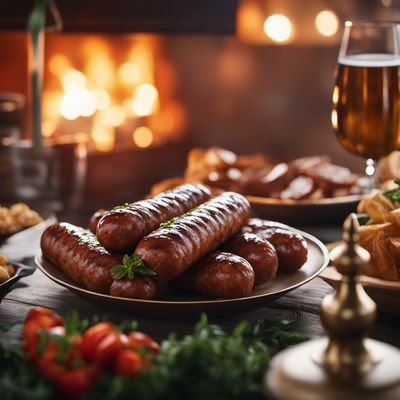
Lincolnshire Sausage
Lincolnshire sausage is a traditional British sausage made with pork and sage. It is a popular dish in the county of Lincolnshire and is often...

